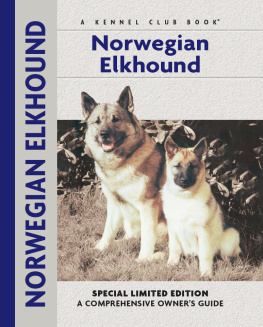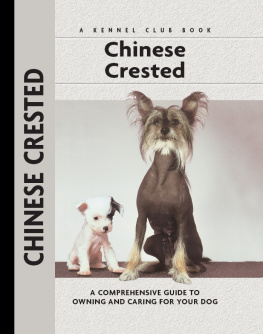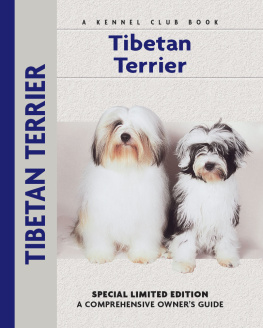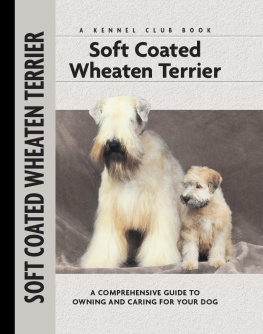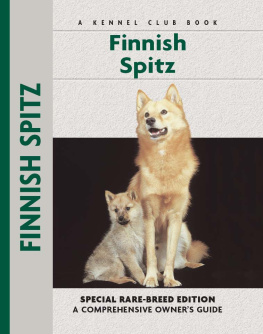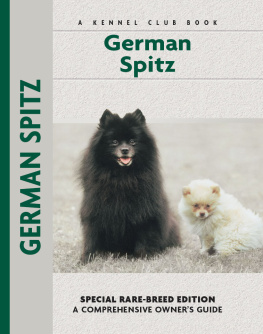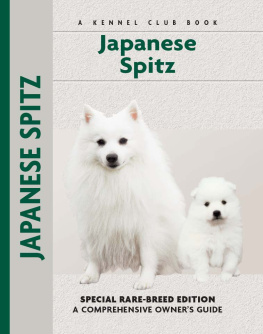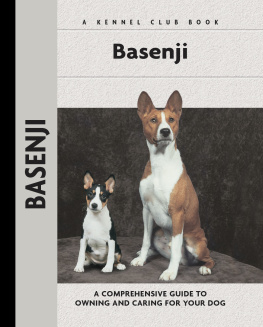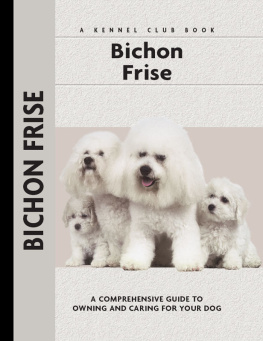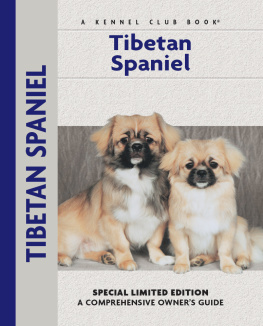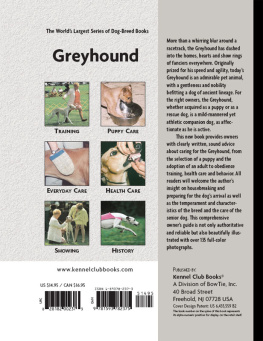Physical Characteristics of the Norwegian Elkhound
(from the American Kennel Club breed standard)
Head: Broad at the ears, wedge shaped, strong and dry.
Eyes: Very dark brown, medium in size, oval.
Stop: Not large, yet clearly defined.

Ears: Set high, firm and erect.
Neck: Of medium length, muscular.
Muzzle: Seen from above or from the side, tapers evenly without being pointed.
Expression: Keen, alert, indicating a dog with great courage.
Chest: Deep and moderately broad.
Forequarters: Shoulders sloping with elbows closely set on. Legs well under body and medium in length; substantial, but not coarse, in bone. FeetPaws comparatively small, slightly oval with tightly closed toes and thick pads. Pasterns are strong and only slightly bent.
Coat: Thick, hard, weather resisting and smooth lying; made up of soft, dense, woolly undercoat and coarse, straight covering hairs.
Color: Gray, medium preferred, variations in shade determined by the length of black tips and quantity of guard hairs.
Body: Short and close-coupled with the rib cage accounting for most of its length.
Topline: The back is straight and strong from its high point at the withers to the root of the tail.
Tail: Set high, tightly curled, and carried over the centerline of the back.
Hindquarters: Moderate angulation at stifle and hock. Thighs are broad and well muscled. Feet as in front.
Height: At the withers for dogs is 20.5 inches, for bitches 19.5 inches.
Weight: For dogs about 55 pounds, for bitches about 48 pounds.

Contents

Survey the ancient beginnings of the Elkhound breed of Norway, tracing its origins as a companion to Stone Age man, as a hunter of large game in Scandinavia, as a shipmate to the Vikings and as a guard dog in its homeland, to its modern history as a prized companion, worker and show dog in countries around the world.
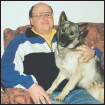
Find out if the Norwegian Elkhound is the right breed for you by learning about its personality, protective nature and independence. Are you able to train this bright spitz-minded canine? Also learn about the breeds physical characteristics as well as the breed-specific hereditary health concerns for which all responsible breeders screen.
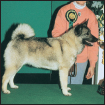
Learn the requirements of a well-bred Norwegian Elkhound by studying the description of the breed set forth in the American Kennel Club standard. Both show dogs and pets must possess key characteristics as outlined in the breed standard.
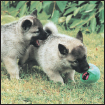
Find out about how to locate a well-bred Norwegian Elkhound puppy. Discover which questions to ask the breeder and what to expect when visiting the litter. Prepare for your puppy-accessory shopping spree. Also discussed are home safety, the first trip to the vet, socialization and establishing a bond with your new puppy.
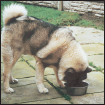
Cover the specifics of taking care of your Norwegian Elkhound every day: feeding for all ages; grooming, including coat care, ears, eyes, nails and bathing; and exercise needs. Also discuss dog ID and traveling safely with your dog.

Begin with the basics of training the puppy and adult dog. Learn the principles of house-training the Norwegian Elkhound, including the use of crates and basic scent instincts. Get started by introducing the pup to his collar and leash and progress to the basic commands. Find out about obedience classes and other activities.
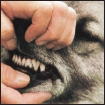
By Lowell Ackerman DVM, DACVD
Become your dogs healthcare advocate and a well-educated canine keeper. Select a skilled and able veterinarian. Discuss pet insurance, vaccinations and infectious diseases, the neuter/spay decision and a sensible, effective plan for parasite control, including fleas, ticks and worms.

Step into the center ring and find out about the world of showing pure-bred dogs. Here are the basics of AKC conformation showing, how shows are organized and whats required for your dog to become a champion. Take a leap into other competitive sports: obedience, agility and tracking events.

Analyze the canine mind to understand what makes your Norwegian Elkhound tick. Learn how to recognize and handle common behavior issues, including different types of aggression, separation anxiety, chewing, digging, barking, begging and more.
K ENNEL C LUB B OOKS N ORWEGIAN E LKHOUND
ISBN 13: 978-1-59378-306-8
eISBN 13: 978-1-62187-004-3
Copyright 2005 Kennel Club Books An Imprint of I-5 Press A Division of I-5 Publishing, LLC
3 Burroughs, Irvine, CA 92618 USA
Cover Design Patented: US 6,435,559 B2 Printed in South Korea
All rights reserved. No part of this book may be reproduced in any form, by photostat, scanner, microfilm, xerography or any other means, or incorporated into any information retrieval system, electronic or mechanical, without the written permission of the copyright owner.
10 9 8 7 6 5 4 3 2 1
Photography by Carol Ann Johnson
with additional photographs by:
Mary Bloom, Paulette Braun, Isabelle Franis, Bill Jonas, Mr. B. T. & Mrs. E. V. Nichols and Prof. Dr. Robert L. Peiffer, Jr.
Illustration by Patricia Peters.
The publisher wishes to thank all of the owners whose dogs are featured in this book, including Robert Greaves and Patricia Trotter.

The Norwegian Elkhound breed dates back many thousands of years. The breed can claim to be one of the oldest dog breeds in existence.

The Norwegian Elkhound is one of the Arctic breeds, all of which have long histories, but the Norwegian Elkhound is said to date back to four or five thousand years before Christ, which by anyones standards is a very long while! The period to which the breed dates back was discovered as a result of excavations at Jaeren in western Norway. Here a number of skeletons of both men and animals were found, among them four dogs. Professor Brinchmaun pronounced these skeletons to be undoubtedly of Norwegian Elkhound type. Two were almost identical to the Norwegian Elkhound of recent centuries; the other two were smaller, belonging to
Next page
